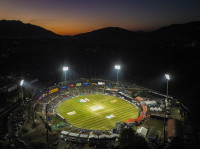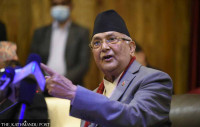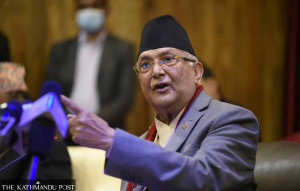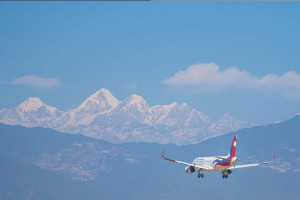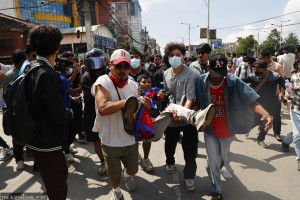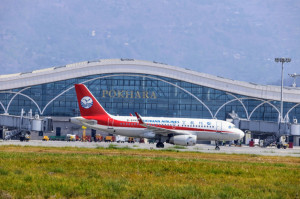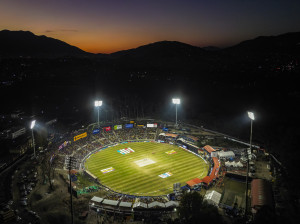Editorial
Stop the charade
If left forces still cannot catch the public sentiment, they will sink along with their ageing leaders.
It’s a meaningless exercise. Communist parties in Nepal have a history of abrupt mergers and splits. Some of the earlier ones revolved around ideology, with those sharing common views coming together under the same roof. On the other hand, those in a party who believed there was ‘deviation’ from the core ideology broke away to establish rival parties. Yet if we look at the post-1990 history of Nepali communist parties, such mergers and splits have little or nothing to do with competing ideologies. They are rather the product of a handful of top leaders trying to establish their relevance in national politics through deft manoeuvring. Following the Gen Z protests in early September, Nepali communist parties are consolidating again. The CPN (Maoist Centre), the third largest force in the just-dissolved parliament, and the CPN (Unified Socialist), the sixth largest, have just announced a merger—along with a host of other fringe communist outfits. In the normal course of events, the consolidation of parties of similar persuasions is a sign of a vibrant democracy. Yet there is nothing to be excited about the proposed merger for Nepalis, even those of the leftist bent.
This is because the same set of leaders who led the previous outfits are set to continue in leadership roles in the new, big-tent party as well. Pushpa Kamal Dahal, who was at the helm of the Maoist party for nearly four decades and Madhav Kumar Nepal, another former prime minister who too has repeatedly been in party leadership positions, are again set to have the decisive roles in the new party. The grandiose ambitions of these leaders— who have repeatedly been backed by the people and been found wanting as often—is well known. Yet by the looks of things, they are also incapable of understanding and internalising the public sentiment. The youngsters who took to the streets during the Gen Z uprising, as well as intellectuals, members of the civil society, and the media—all are saying with one voice that there can be a meaningful change in Nepali politics only if the old set of leaders call it quits and hand over reins to the next generation. Yet these old-generation leaders seem to think they can fool the people by hopping and skipping between parties, and presenting the outcome as revolutionary.
The country, whose constitution explicitly defines it as a socialist-oriented state, does need a strong leftist force. Yet such a force must be led by a new generation of leaders. Just as is true in the case of any other established Nepali party, if the same set of leaders continues, these forces will be outdated and electorally irrelevant. It is in the interest of the Nepali communist movement—and Nepali politics in general—for the likes of KP Sharma Oli, Pushpa Kamal Dahal, Madhav Nepal and Jhalanath Khanal—to pass the baton to a new generation of leaders. That way, the Nepali communist movement will get a breath of fresh air and many left-leaning voters will have something to cheer about. On the other hand, if these forces still cannot catch the public sentiment, they will sink along with their ageing leaders.




 7.12°C Kathmandu
7.12°C Kathmandu